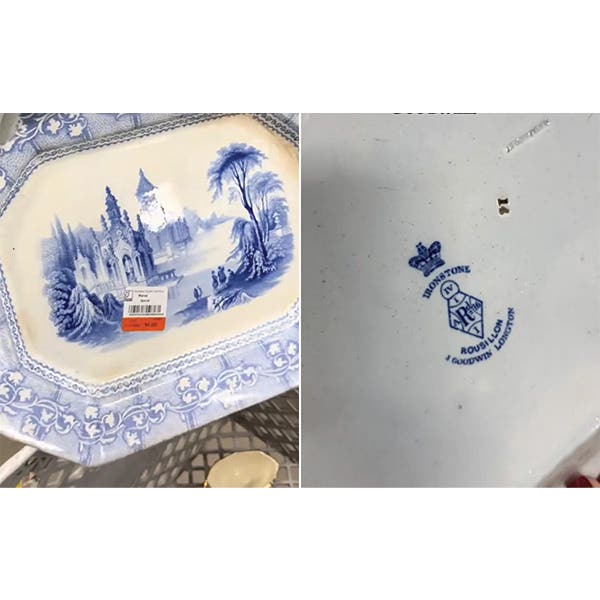Earthlings Invade Mars (Sort Of)
Much to the dismay of Marvin the Martian, a record-breaking $5.3M meteorite sale at Sotheby’s gives one Earthling a sizeable slice of Mars.
The sale of NWA 16788 at Sotheby’s, the largest known Martian meteorite on Earth, marks more than just a commercial record; it represents a significant moment for science. Unearthed in Niger’s Sahara Desert and verified in laboratories as authentic Martian material, the meteorite has already yielded a studied and documented sample, offering invaluable clues about the Red Planet.
An Earth-shattering kaboom
One of Earth’s collectors just staked a claim on the Red Planet—for a cool $5.3 million. At Sotheby’s Geek Week auction in New York, a massive Martian meteorite known as NWA 16788 shattered records as the largest and most valuable piece of Mars ever sold. Weighing 54 pounds and measuring roughly 15 by 11 inches, this weighty shard of interplanetary real estate outshines every other Martian rock in private hands. Bidders on the phone and online sparred for 15 minutes before the auction closed.
The meteorite, designated NWA 16788, was discovered in November 2023 by an experienced meteorite hunter in Niger’s Agadez region, deep in the Sahara Desert. Subsequent laboratory analysis confirmed it as a fragment of Mars, the largest of its kind ever identified on Earth. A considerable part of its significance lies in its extraordinary journey. About five million years ago, a massive celestial impact on Mars blasted pieces of its crust into space. This particular fragment traveled more than 140 million miles through the solar system, ultimately surviving the fiery descent through Earth’s atmosphere, and landed in a discoverable stretch of desert. As the largest known Martian specimen, it offered scientists a rare opportunity to study Mars’ geology, mineral composition, and the violent cosmic events that can propel planetary material across interplanetary distances.
The final price was $4.3 million at the hammer, plus fees, making it a scientific curiosity and a bona fide status symbol collectible. After all, how many collectors can say they own nearly 7% of all Martian material on Earth? "You get close to it, you can feel like you're looking at the planet," Cassandra Hatton, vice chairman for science and natural history at Sotheby's, told the Washington Post. "This really looks like a piece of Mars, whereas pretty much every other Martian meteorite you see is going to just kind of look like a little rock."
While the meteorite’s sale drew headlines, it wasn’t even the biggest lot of the day; that honor went to a juvenile Ceratosaurus skeleton that fetched a dino-sized $30 million. Still, among space enthusiasts and collectors of the truly rare, the Martian rock stole the show.
Not All Earthlings Are Over the Moon
“Oh dear. Now I’m really angry…” and judging by the grumbling scientists, Marvin isn’t the only one. For scientists bemoaning the loss of access to this colossal Martian specimen, Cassandra Hatton suggests they turn their attention to the preserved sample already set aside for study at China’s Purple Mountain Observatory. “A sample has been taken and analyzed, and published in the Meteoritical Bulletin, so they could go and get that,” she told Space.com.
You may also like:








